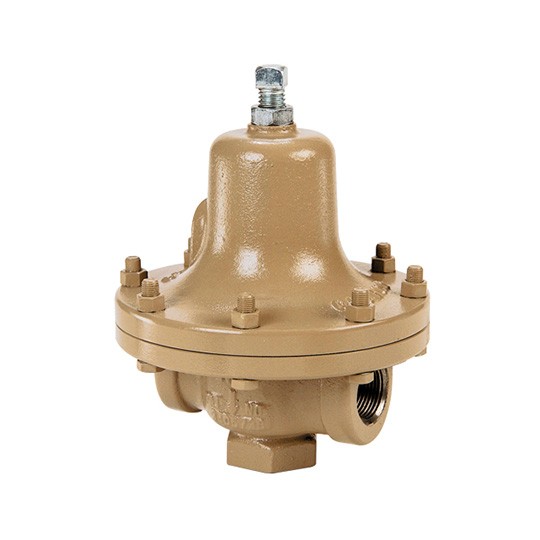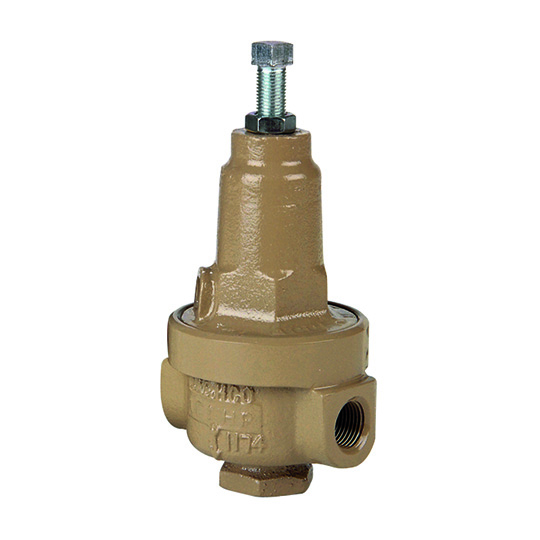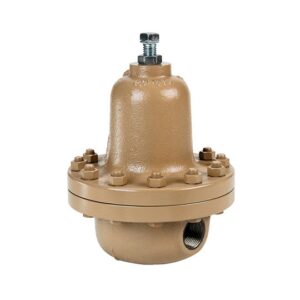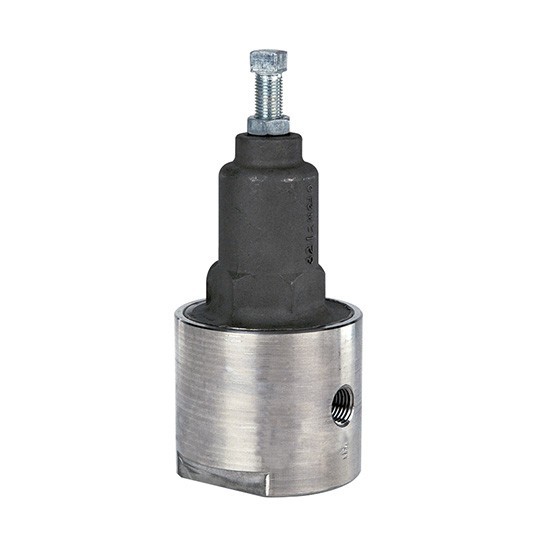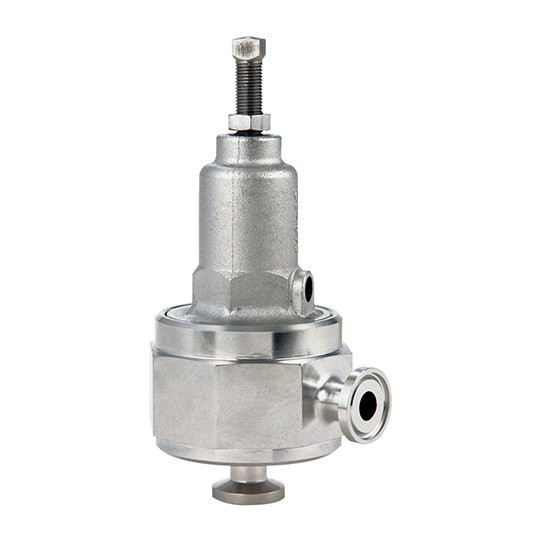Back pressure regulators
Pressure reducing regulators act to reduce pressure by controlling the pressure on the outlet or downstream side. Back pressure regulators are also known as relief regulators, excess pressure regulators and surplus usage regulators.
Back Pressure Regulators – how they work
Back pressure regulators act to control the pressure on the inlet or upstream by maintaining a constant pressure at the inlet of the regulator. They can be used to relief pressure but should not be confused with a safety relief valve. The difference is that a safety relief valve will snap open when the pressure builds up to whatever its set point is and is normally sized to pass the required flow with no more than a 10% over pressure.An example would be if the set point of the safety relief valve were 10 barg. When the pressure in the system build up to 10 barg the safety relief valve would pop open and pass the required flow before the pressure exceeded 11 barg. (10 barg x 1.10)A back-pressure regulator is a throttling device and as such it will gradually open and close to control the pressure of the fluid. Many times, a back-pressure regulator is installed in a parallel line with a safety relief valve and is set at a pressure just below the trip point of the safety valve. Its job is to open and close to handle any upset condition’s, without compromising the purpose of the safety relief valve, which may be a code requirement of the process.
Common applications
One of the most common applications of the back-pressure regulator is as a pump recirculation valve. Centrifugal pumps are used throughout the processing industry and to run the pump at its (B.E.P) Best Efficiency Point means that in many cases the pump is providing more fluid than the process requires.As the usage rate of the system changes the back-pressure regulator will open and close to recirculate the excess fluid back to a storage tank, thus keeping the pump running at its B.E.P.
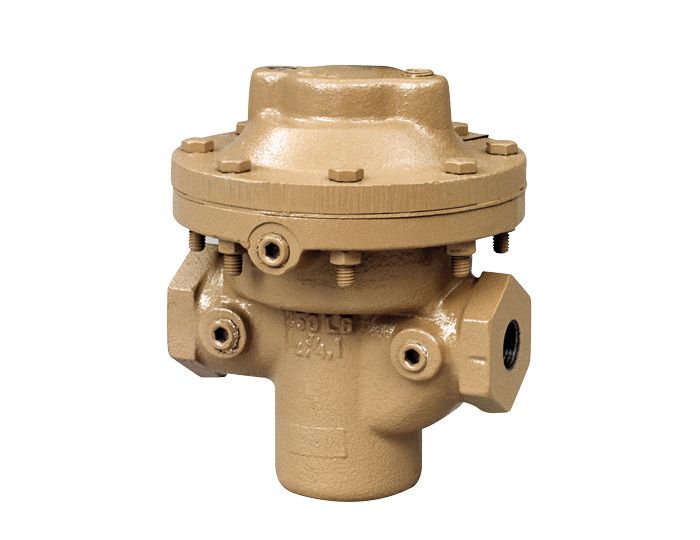
The Model 123 is a relief regulator suitable as a back pressure regulator or bypass valve for controlling inlet pressure between 2 and 350 psig (.14 to 24.2 Barg) (525 psig (36.2 Barg) at 50% build-up). The body has an angle configuration with a side inlet and a bottom outlet. Sizes are 1/2″, 3/4″, 1″, 1-1/2″ and 2″ (DN15, 20, 25, 40 and 50). Available options include cryogenic construction, NACE construction and a large selection of trim, body and diaphragm materials. It is the most adaptable back pressure/relief regulator Cashco manufactures.
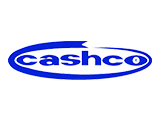
 Language
Language Swedish
Swedish English
English
